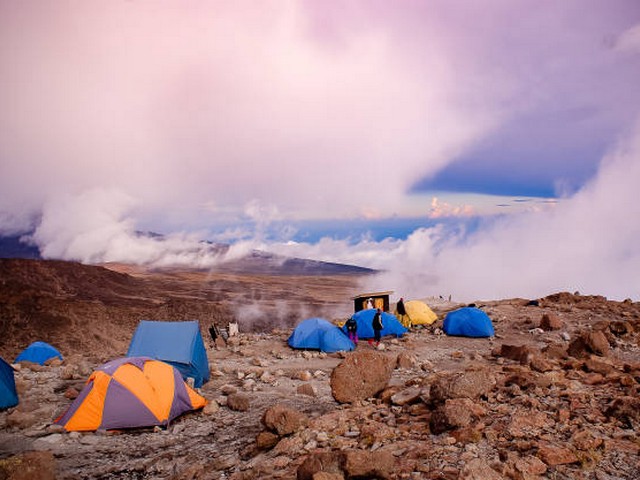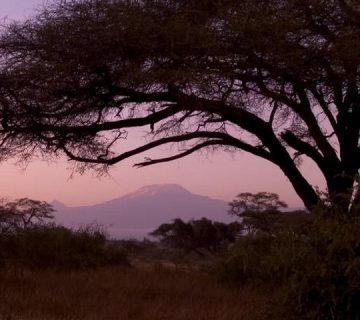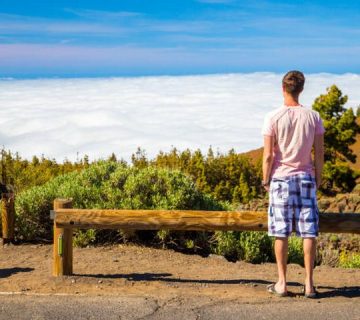Sleeping Bags For Kilimanjaro Trekking: How To Choose
When embarking on the adventure of a lifetime to Mount Kilimanjaro, the roof of Africa, every piece of your gear plays a pivotal role in your journey’s comfort and success. Among these, one often underestimated hero is the sleeping bag. A proper sleeping bag isn’t just a part of your equipment; it’s your nightly refuge against the chill of high altitudes, a cocoon that recharges you for the next day’s challenges. In this guide, we’ll walk you through choosing the perfect sleeping bag for your Kilimanjaro trek, ensuring your nights are as rejuvenating as your days are exhilarating.
Why the Right Sleeping Bag Matters
The Importance of Thermal Comfort
At elevations surpassing 5,895 meters (19,341 feet), Mount Kilimanjaro presents a unique set of climatic challenges. Nighttime temperatures can plummet to below freezing, and the right sleeping bag becomes your first line of defense against the cold. A well-chosen sleeping bag ensures thermal comfort, which is crucial for adequate rest and recovery.
Choosing Your Sleeping Bag: Factors to Consider
1. Temperature Rating
This is perhaps the most critical factor. Sleeping bags are often rated by the lowest temperatures they can handle. Look for a bag rated for at least -10 degrees Celsius (14 degrees Fahrenheit). Remember, it’s better to err on the side of warmth; chilly nights on the mountain are not only uncomfortable but could also be hazardous to your health.
2. Type of Insulation
Down vs. Synthetic: Down bags are lighter and have a superior warmth-to-weight ratio, making them perfect for the strenuous climbs on Kilimanjaro. However, they lose much of their insulating properties if wet. Synthetic bags, on the other hand, insulate even when damp and are usually more affordable but bulkier.
3. Weight and Packability
Every gram counts when you’re scaling the heights of Kilimanjaro. A lightweight, compressible bag can make your trek easier but check the trade-offs in warmth and comfort.
4. Shape and Size
Mummy-shaped bags are excellent for retaining heat and are streamlined for weight. Ensure your bag fits snugly but with enough room to wiggle your toes and layer up if needed inside the bag.
5. Features
Look for sleeping bags with draft collars, hood adjustments, and draft tubes along the zippers. These small features can significantly enhance warmth and comfort.
Our Top Sleeping Bag Recommendations for Kilimanjaro
The Everest Elite 1000: A down bag well-suited for the coldest nights on Kilimanjaro, offering great compressibility.
The AlpineSynth 30: A robust synthetic option, perfect for those who prioritize durability and moisture resistance.
The Summit Comfort 20: Balances weight, insulation, and features, a fantastic all-rounder for various mountaineering expeditions.
Care and Maintenance of Your Sleeping Bag
To ensure your sleeping bag remains a reliable companion, store it uncompressed in a dry, cool place. After each trek, air it out and dry it thoroughly. Consider professional cleaning services to maintain its insulating properties and longevity.
Why Choose KCTE for Your Kilimanjaro Adventure
At Kilimanjaro Centre for Trekking and Ecotourism (KCTE), we not only provide you with essential tips like choosing the right sleeping bag but also offer guided treks that make every step on the mountain worth remembering. Our experienced guides ensure you’re well-prepared and safe, focusing on eco-friendly practices to preserve the beauty and integrity of our beloved mountain.
FAQs on Sleeping Bags for Kilimanjaro Trekking
Q1: Can I rent a sleeping bag directly from KCTE?
Yes! We offer high-quality rental sleeping bags suitable for the temperatures you’ll encounter on Kilimanjaro. It’s a cost-effective option for those who do not wish to invest in a high-altitude sleeping bag.
Q2: Should I bring my sleeping bag liner?
Absolutely! A liner can add an extra layer of warmth and also keep your sleeping bag clean, extending its life and performance.
Q3: How important is it to test my sleeping bag before the trek?
It’s highly recommended. Try sleeping in it for a night in a cooler environment to ensure it meets your comfort and warmth expectations.
Q4: Are there alternative sleeping options on Kilimanjaro?
Traditional sleeping entails high-quality tents and sleeping bags. Currently, there are no lodges available throughout the trek routes, making a reliable sleeping bag essential.
In Conclusion
Choosing the right sleeping bag for your Kilimanjaro trek is not just about comfort and warmth; it’s about ensuring you are energized each morning, ready to face the beauty and challenges of the mountain. Remember, your adventure begins with preparation, and selecting the right gear is the first step towards the summit.
Ready to conquer Kilimanjaro? Contact Kilimanjaro Centre for Trekking and Ecotourism (KCTE) today and let us help you prepare for an unforgettable adventure with the right gear, guidance, and support. Climb with us, where every step counts!




